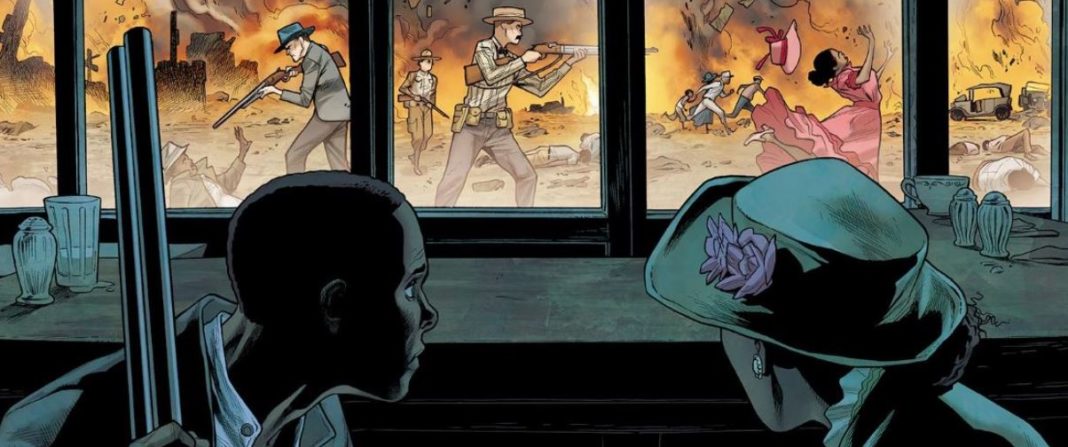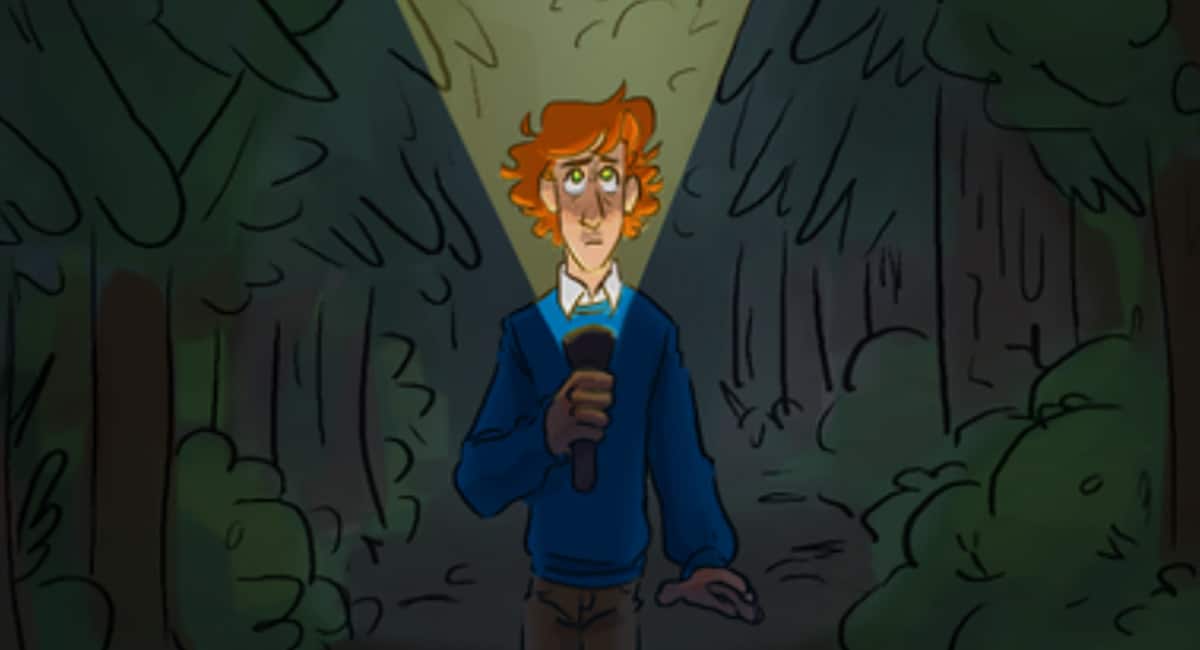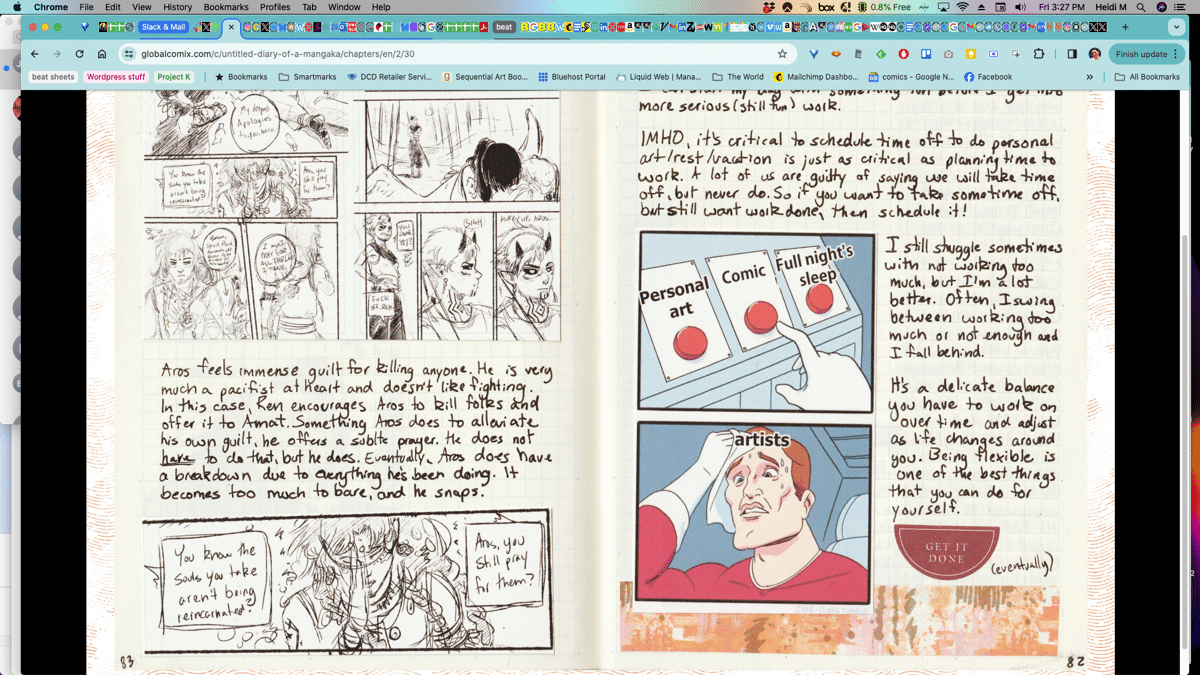[For #BlackOutTuesday The Beat is reposting content that spotlights black voices and issues – originally posted 12/12/19.]
HBO’s Watchmen balances itself on obscure history, right from the very first episode. Well, purposefully made obscure history, in any case. The series’ very first episode opens in 1921 Tulsa, with scenes of Klansmen and white men killing Black people. We learn we’re right smack in the middle of the Tulsa Race Riots (also called the Tulsa Race Massacre, perhaps more fittingly), an event that still stands as one of America’s most unsettling showings of racial violence and systemic racism in the 20th century. An interesting way to start a show about vigilantes and the things they hide behind a mask.
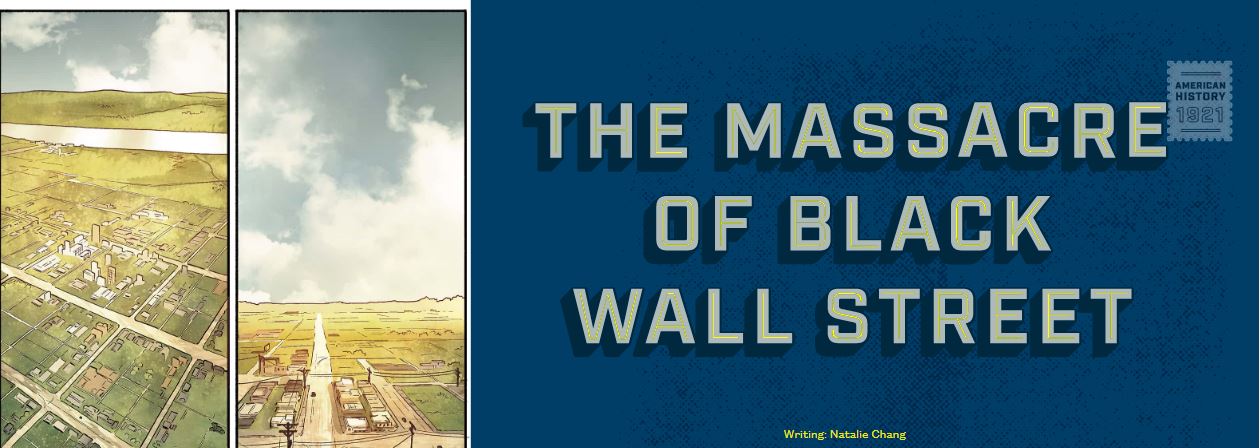
Watchmen HBO and The Atlantic teamed up to make a webcomic about it, focused on the events that led up to the riots and what transpired after. The webcomic is called The Massacre of Black Wall Street, a blow by blow account of how racially-charged action led to a colossal tragedy that’s still fighting for more public attention. The project was paid for by HBO and was written by Natalie Chang (senior editor/writer at The Atlantic) and illustrated by Clayton Henry (Archer & Armstrong, Exiles) with colors by Marcelo Maiolo (Teen Titans, Pacific Rim: Tales from the Drift).
As a source of information, the webcomic is a great introduction to the event, whether you’re watching Watchmen or not. The comic has a journalistic tone that stretches from the writing to the art, speaking the language of comics quite well along the way. No overstuffed text boxes or simplistic visuals. There’s weight to the storytelling and it makes for an accessible and interesting read.
Henry’s art and Maiolo’s colors give the comic a quasi-Watchmen look, with heavy inks and solid colors present in each panel, an air of Americana permeating throughout. The letter font is similar to that of the Watchmen comic, which was originally lettered by Dave Gibbons. It looks like an old-school comic with handwritten lettering, classic and clean.

One thing I appreciated was the ‘Required Reading on the Tulsa Massacre’ section that follows just after the comic. It includes an essay on how the memory of the massacre was systematically suppressed and how close its memory was to being completely wiped out. I recommend people dive into the books and articles included in that list. The comic’s message is simple: the Tulsa Race Riots should never be allowed to be forgotten again.
A note on projects and shows such as HBO’s Watchmen, especially those that use history as a storytelling element. As audience members, getting history through fiction is a great way to get exposed to new types of information, especially of the kind you never got to learn in school. But fiction is not a substitute for history, nor is it fair to expect fiction to account for all of history.
I remember some people taking to social media to criticize Ryan Coogler’s Black Panther for not going far enough with its anti-colonialism metaphors when the movie came out. I felt the criticism was unrealistic, unfair even. What constituted going further with one of the movie’s focal points? Black Panther reading Fanon’s A Dying Colony during his final fight with Killmonger? Audiences have to be aware of the fact that creative teams, writers, and artists all possess complete artistic license when fitting history to a particular narrative. It’s up to the audience to get informed on their own after the movie, show, video game, or book are said and done.
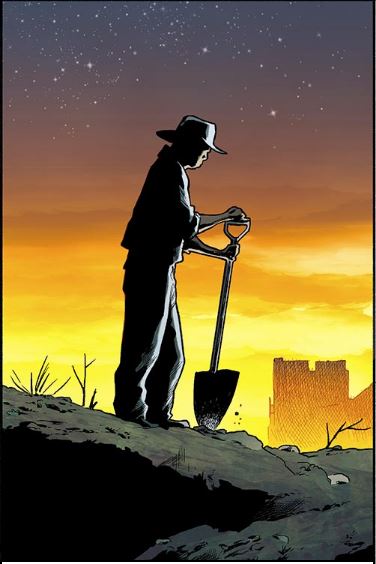
Learning through fiction is a wonderful thing so long as it stirs curiosity and inspires further reading. On the other hand, fiction shouldn’t really need to bear the responsibility of historical truth. Acknowledging that should allow audiences to build up a better immune system against historical distortions. Audiences have to take what they see and process it. They must question it. The Massacre of Black Wall Street is there to help in that process. And it is great at doing precisely that.
Click here to read The Massacre of Black Wall Street.


